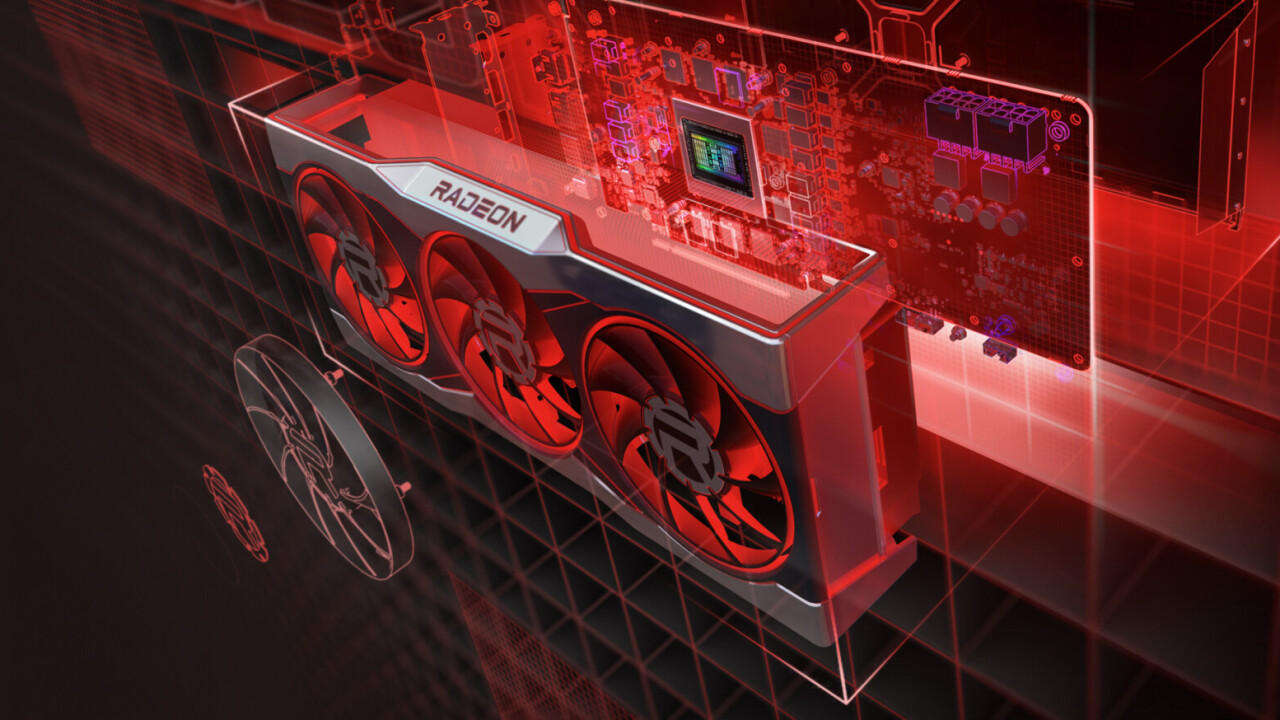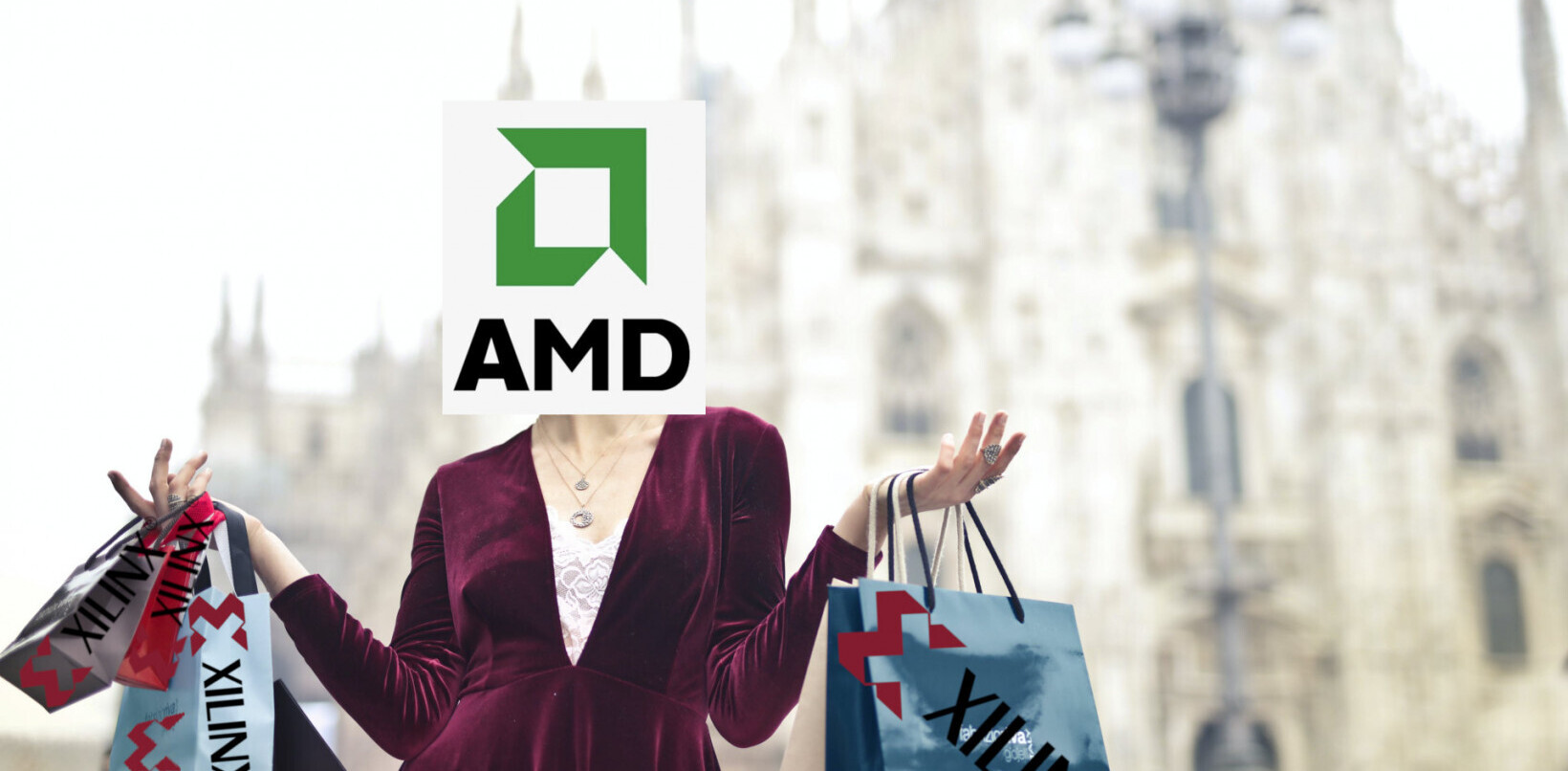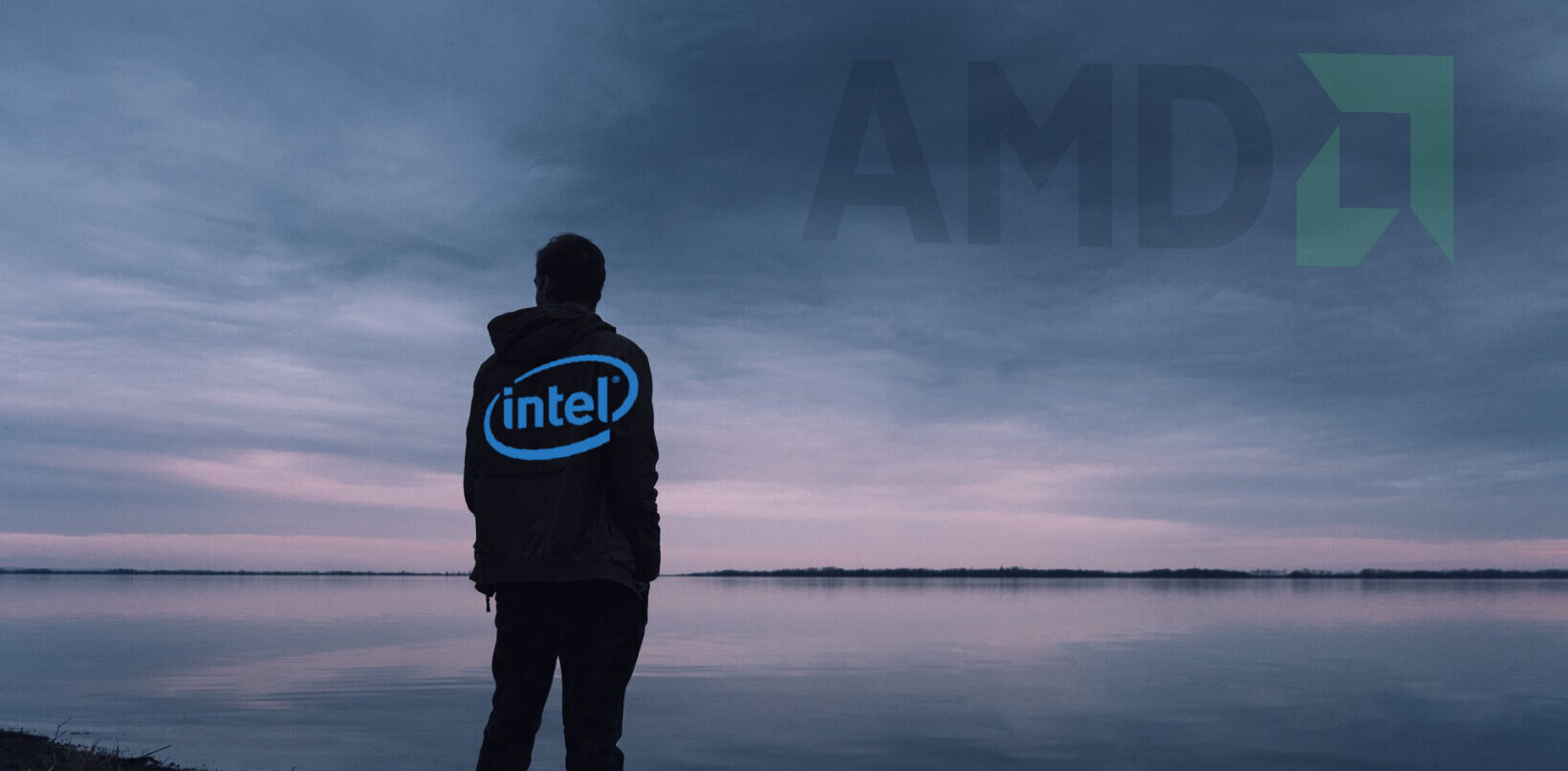
It’s no secret that the coronavirus pandemic has fundamentally changed the way many businesses function, from the small mom-and-pop shop to worldwide operations. Speaking of the latter, I had the chance to chat with Rick Bergman, AMD’s Executive Vice President of Computing and Graphics, to discuss how the company was able to plan and launch some of its biggest products during a period of unprecedented uncertainty.
AMD has been going through something of a renaissance the last few years. It was just in 2015 that analysts predicted the company would go bankrupt. Now the company’s CPUs have gone from being occasional alternatives to being, by most current metrics, flat out better than the competition.
Likewise, the company has sought to strengthen its position in the PC graphics market (AMD has a good foothold in console gaming, making graphics for both the PS5 and Xbox Series X), culminating with the announcement of the Radeon RX 6000 family of GPUs in late 2020.
This is part of the charge Bergman had been leading. It would have already been a challenging launch in a time when chip shortages and crypto miners already put a strain on the supply chain. A global pandemic was something altogether different.
When the pandemic hit, Bergman had only been EVP of Computing and Graphics for about half a year (although he’d previously worked for AMD), and the company’s whole operations were upended.
“We didn’t contemplate how you would do many things in terms of development,” through remote work, says Bergman. “We had a major product we had just received samples on and we wanted to launch it by the end of the year, and the idea of sending people home with an unreleased product… I thought there is no way we can do that because of confidentiality and so forth. We can’t have 400 engineers with these things sitting at home.”
But it soon became apparent the company would have to find a way to make it work. And part of that was simply a matter of fostering trust.
“And then we realized this isn’t going to be a few weeks — we’re talking months. So we had to empower our employees both from a technology perspective, in that regard, there’s a trust factor. Do we trust them with these products [at home], but also, do we trust that they’re putting in the hours per week that we kind of demand at AMD,” reflects Bergman.
“And of course, people did amazing things.”
AMD was looking to show off remarkable progress in the GPU space, with its latest cards bringing it largely to feature parity with Nvidia’s RTX series — for ray tracing in particular. The GPUs have 20+ billion transistors operating with a hundred million lines of code, which had to be validated on thousands of platforms. “And we managed to do it. We were a hair behind schedule, but just a hair, and we still launched and made all our goals at the end of 2020.”
Bergman said if there was a mantra at AMD, it was flexibility. Before the pandemic, the idea was generally to bring all the engineers together from around the world when working on a new product. “If the problem happened in firmware, the hardware engineer can look at it and have peer-to-peer immediate communication. Obviously, that went out the door, but we had to replace it with different kinds of communication.”
The adversity, in some ways, made AMD better. “Now we are going 24 hours a day. So we took away the peer-to-peer, face-to-face type of stuff, but replaced it with something that was more effective because we didn’t have the time lag and jet lag.” The company could hand off tasks from one team to another more efficiently in a way that wasn’t possible before because they weren’t forced to.
With the world still in the midst of the pandemic, it’s unclear when things will return to normal, but Bergman doesn’t seem worried.
“Now we have remote employees, and some of them kind of like it. How do we manage that going forward? We just have to accept we don’t know the answer. And we’ll learn as we go through it, just like we did [at the start of] the pandemic and we come out of it we will learn and adapt as is appropriate.”
Rick Bergman will be speaking at TNW Conference 2021, taking place September 30th and October 1st. She’ll be joined by 150 other experts who will share their latest insights from the world of business and tech.
Get the TNW newsletter
Get the most important tech news in your inbox each week.




